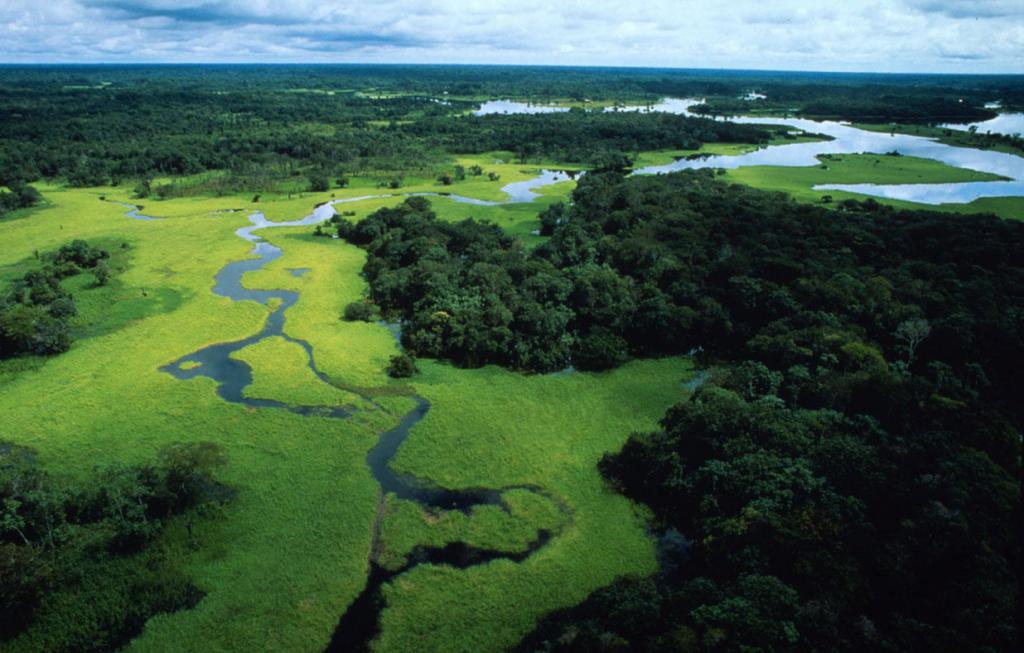No matter how forests are used, they all play a protective role in the life of the planet. In addition to the beneficial effect on the chemical composition of the atmosphere, its purification and enrichment with oxygen, forest plantations bind the soil with roots, act as mechanical barriers to water and mudflows, snow avalanches, carry out catchment, and regulate surface and internal runoffs. However, depending on the conditions of a particular area, the need for such functions is not the same as the need for targeted allocation of forests for protective purposes.
In accordance with the ecological, economic, and social significance of the forest, it is assigned to one or another group that determines the direction and rules for their use, and conducting economic activity in them. Differentiation of forests according to these criteria began in tsarist Russia in the second half of the 19th century. It was aimed at saving forest wealth, preventing theft.
Forest groups
The forest classification, adopted in 1943, has become one of the most important and valuable achievements of the national forest service in the field of nature conservation. According to it, forests are divided into three main groups, taking into account functions and social significance. The strictness of regulation of forest exploitation is increasing from the third group to the first. In each of them, especially protective areas may be marked, the possibility of use and methods of ensuring the safety of which are different. Only for the first group is it supposed to divide forests into protection categories.
The Forest Code of the Russian Federation considers all forests as protective, reserve or operational. However, the generalized knowledge of several scientific fields made it possible to adopt a slightly more complex system based on it. As legislation changes, group boundaries become less clear.
Third group
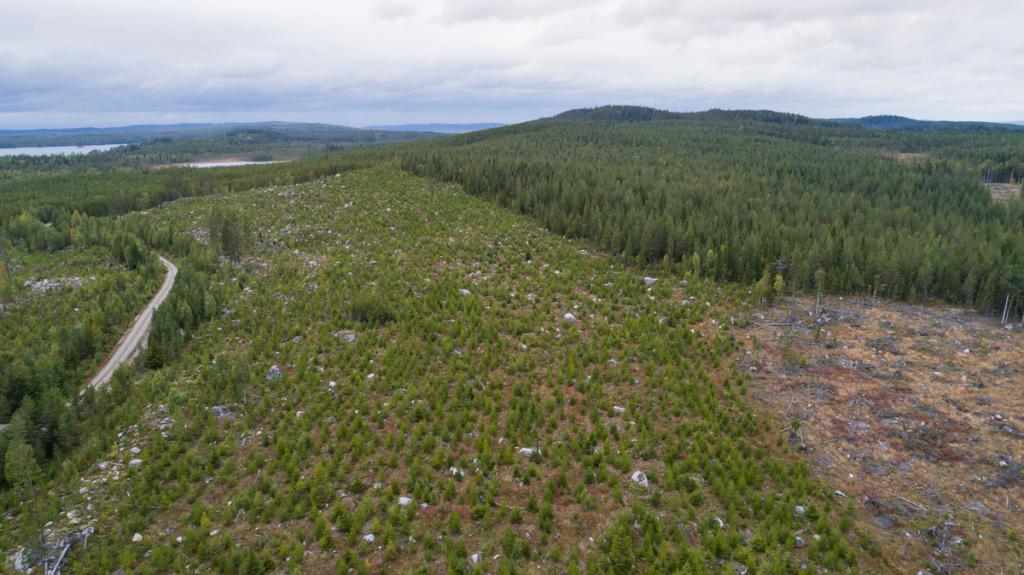
This includes actively exploited forests where timber is being harvested industrially, and reserve forests (mostly future exploited ones, timber harvesting is planned after 20 years) - in which cutting of green spaces is allowed only during geological surveys or for the purpose of logging by citizens for personal needs These are mainly multi-forest areas, underdeveloped, with a low population density.
Second group
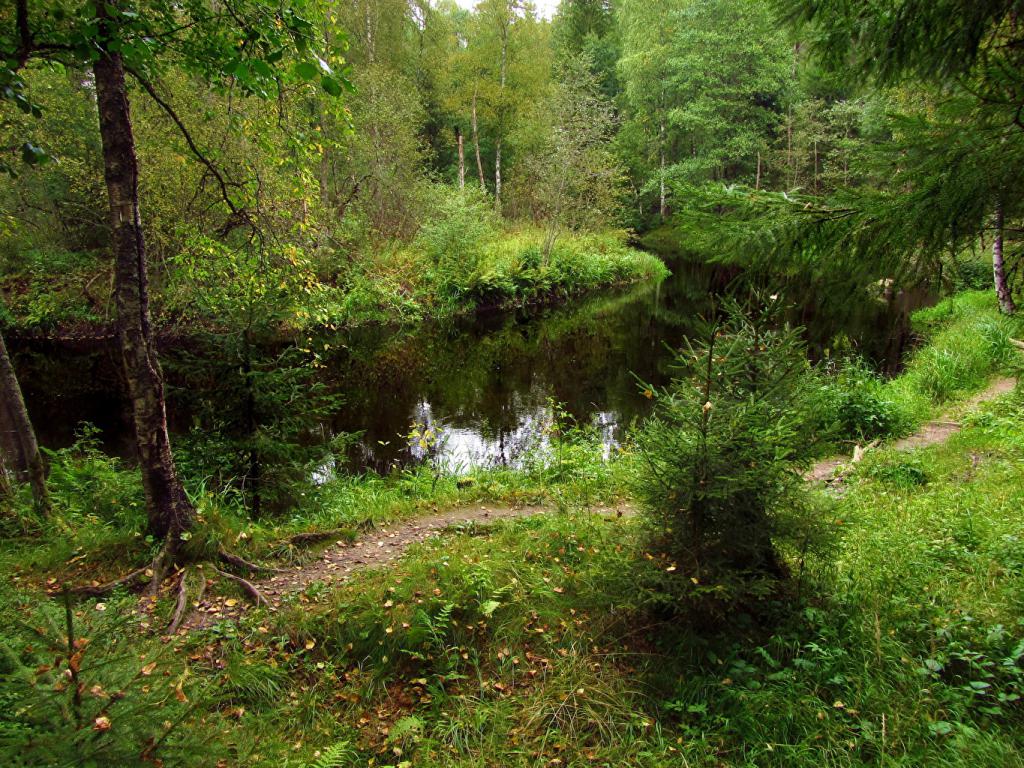
Includes forests of densely populated areas, whose resources are limited. Their use for wood is allowed within the average annual growth. When carrying out work, the importance of preserving and restoring the protective role of forests in such areas is necessarily taken into account.
First group
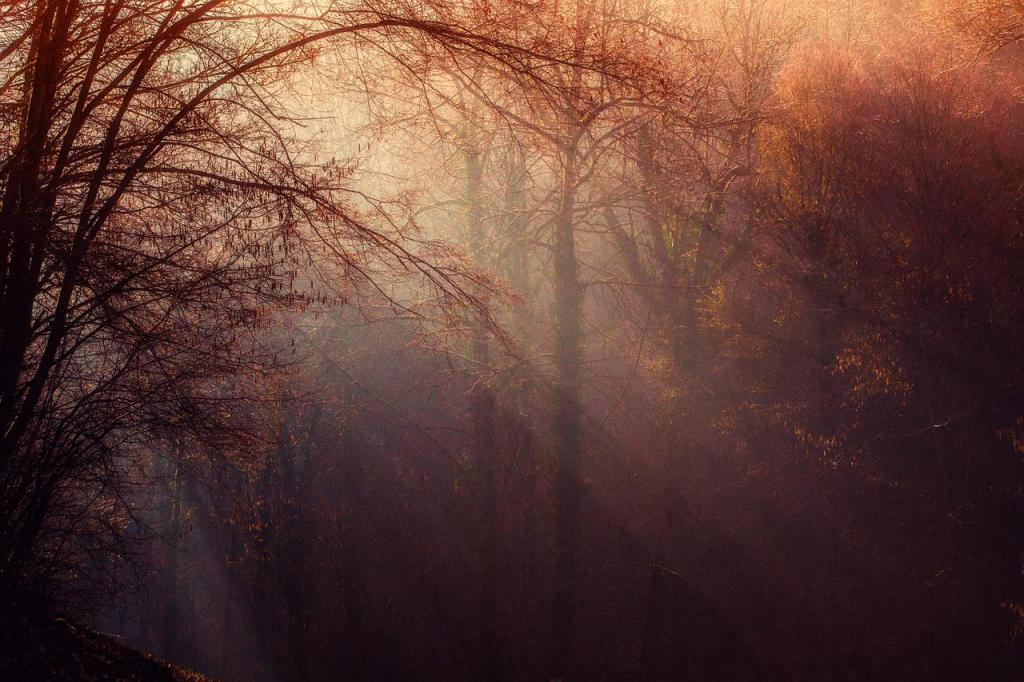
It includes the most diverse forest categories protected from consumption. They perform the functions of protecting water resources, protect various objects - natural and man-made, have a sanitary and recreational purpose, are especially valuable or belong to protected natural areas.
Category 1 forest protection categories
Forests belonging to the first group are classified according to environmental, economic and socio-economic significance for the conditions of a particular area. Accounting units of this division are called forest protection categories. All of them can be grouped by the type of functions performed.
Forests conserving aquatic ecosystems
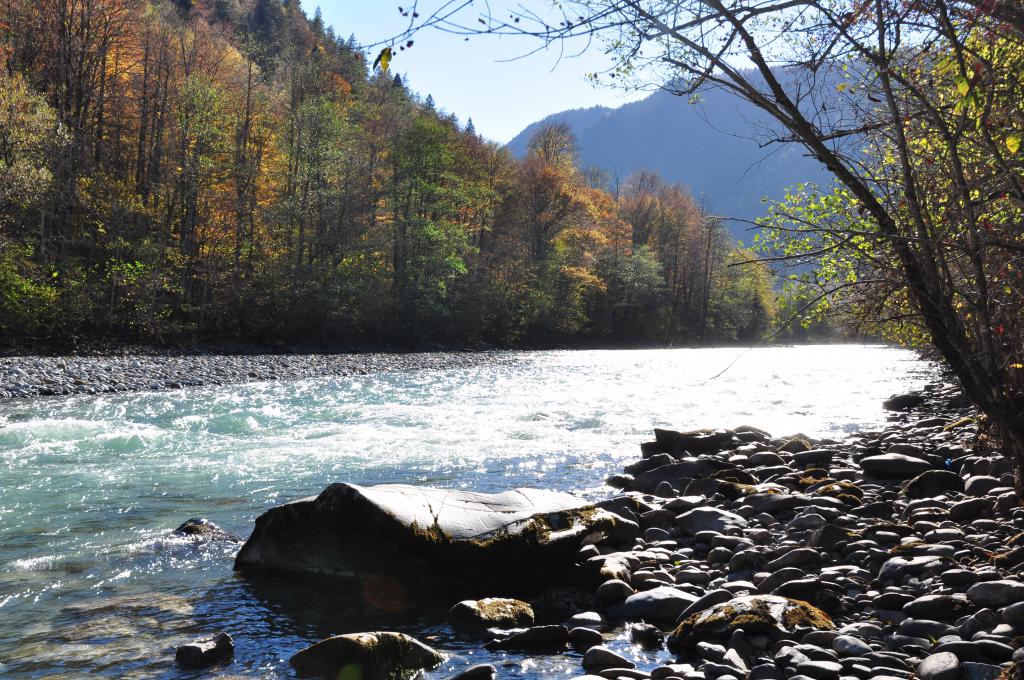
They make up about 35% of the total forest of the group. Categories of forests for this purpose and are now an occasion for discussion by scientists.Some of them propose to consider only those that are directly adjacent to water bodies as water protection. Others suggest that they include the more distant ones involved in the catchment, and still others note the importance of water-regulating forests, highlighting them specifically.
According to the current legislation, water protection zones include forest strips bordering river channels, the banks of water bodies, or treeless floodplains. Their width is determined by specially developed state standards.
Plantations preserving spawning grounds of fish species valuable for industry have already been identified as a separate category of forests. These are massifs adjacent to water bodies - places of natural spawning of commercial fish, as well as fisheries for breeding salmon and sturgeon. The width of the forest belts enclosing natural spawning grounds is calculated in accordance with state standards, based on the conditions of a particular area. For fisheries, the territory of this category of forest protection is limited to three kilometers.
Protective forests
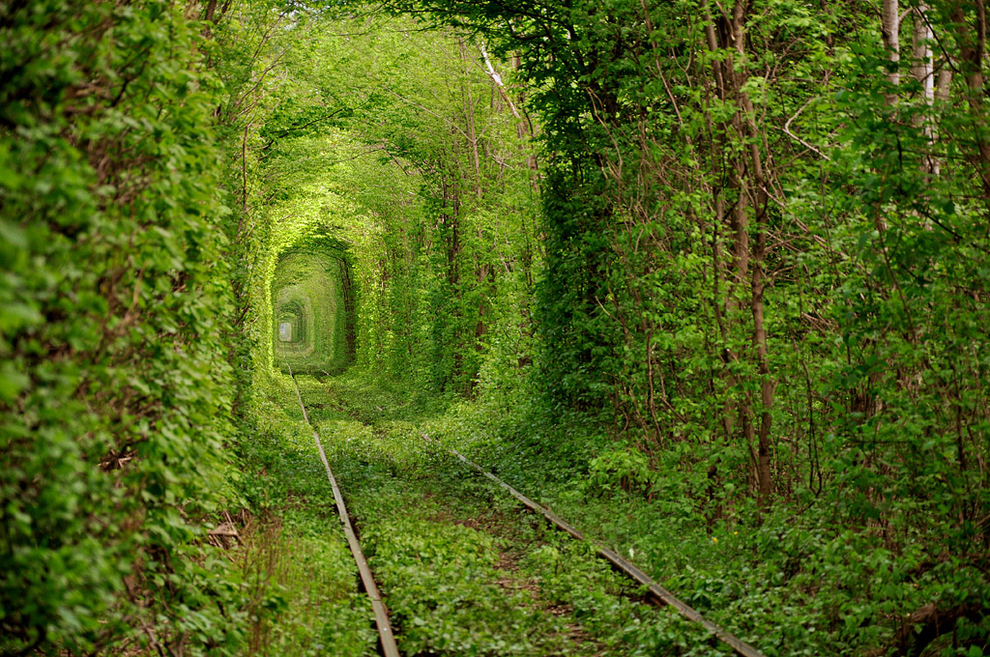
They include almost half of the group - 45%. These include:
- forests that inhibit soil destruction;
- forests of various light forest climatic zones of environmental importance;
- near-tundra forests;
- artificial, created for the purpose of protecting or improving climatic conditions by sowing or planting, forest strips;
- tape burs.
Also, one of the categories of forests with protective functions is designated lanes that enclose existing and under construction transport lines not lower than the regional value, based on 500 meters on both sides of the middle of the carriageway for railways and 250 meters for roads. In the case of natural or artificial barriers, narrowing of roadside forests is permitted. Deviation from the standard should not exceed 50 meters. In areas with more severe climatic conditions (mountains, sandy deserts, permafrost areas), such bands can be expanded to reduce the level of danger. Their size in this case is determined using targeted research.
Wellness and sanitary
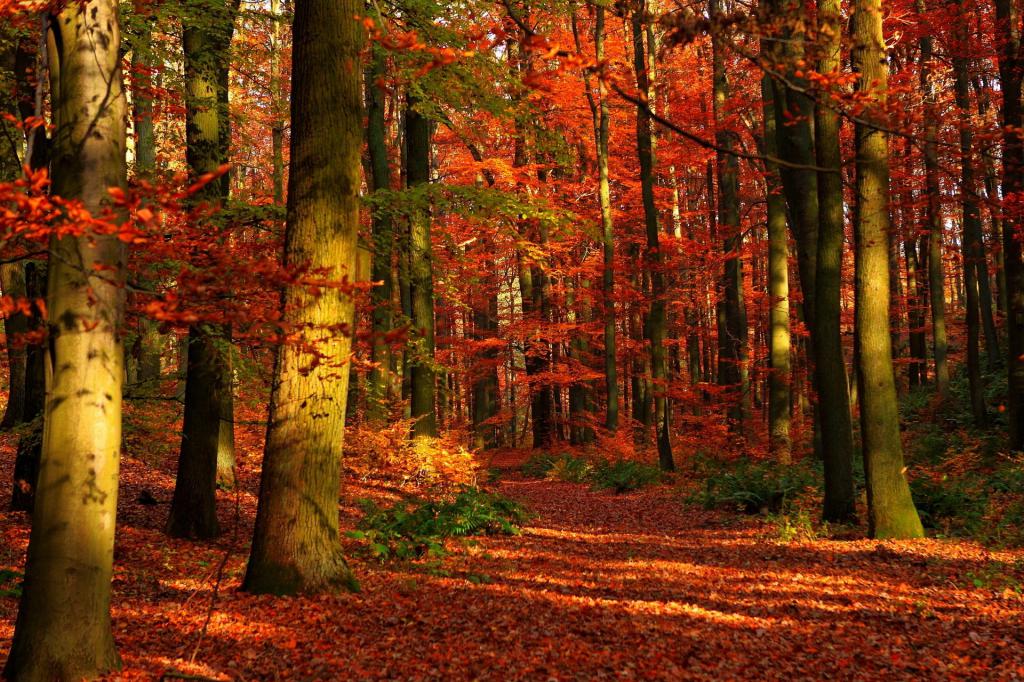
Their share is 6%. These include:
- forests of green areas;
- forests protecting water supply zones (the first two zones of three) and protecting resort areas;
- natural parks;
- city forests.
In general, all those that help to preserve, restore and improve the health of the population, not only enriching the atmosphere of the planet, but indirectly participating in the activities of people actively serving the fulfillment of these tasks.
Green zones include forests that are located outside the boundaries of settlements, but in the immediate vicinity of residential and business facilities, which have protective, health and sanitary-hygienic (forestry) significance and serve as recreation areas for the population (forest park). Within the forest park zones, other categories of forests are not distinguished. Their sizes are determined by state standards. If other categories of forest protection have already been noted in the immediate vicinity of settlements, then their territory does not belong to the green zone, but is taken into account when establishing its size, as performing part of the functions. Provided that there is a small number of forests in the green zone, all of it can be designated as a forest park.
Arrays are considered a category of urban forests. They are located within the boundaries of megacities and urban settlements.
Target Forest Categories
They make up 4% of the total forest area of the first group. They include:
- especially valuable and rare plantations consisting of unique species of trees;
- forests significant for history and scientific research;
- wild fruit stands;
- fishing areas for nuts.
Forests of natural areas specially protected by the state
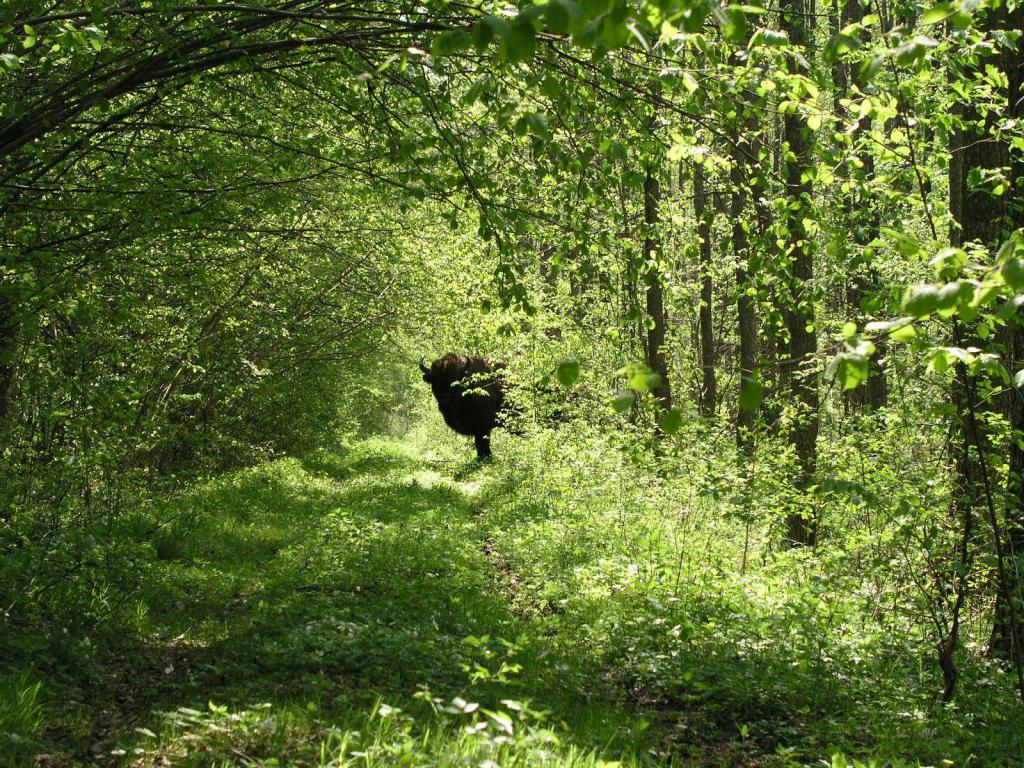
In protected areas with varying degrees of restriction of human influence are 10% of the first group of forests.Categories related to them are arrays of reserves, nature reserves, national parks, natural monuments.
In cases when the same forests perform different protective functions, when determining their classification unit, preference is given to the category of protection, which is of great value and significance, with more stringent regulations for use and protection.
Forests are transferred to another category during forest management measures or as a result of a change in the purpose of the lands of forest and land funds, based on the results of scientific research.
Protective Forest Areas
On the territory of forests belonging to the second and third groups, where there are no protection categories, zones with a more strict mode of operation and protection may be noted, which are important enough in a particular area, but too dispersed and small to distinguish them as a separate category. The territories of such sites are determined taking into account natural boundaries, in accordance with the existing forestry zoning of the area. Their area can be in the tens or hundreds of hectares.
The Forest Code of the Russian Federation contains a list of forest areas recognized as especially protective. These are mainly lands occupied by stands with various functions of the forest categories of the first group. A separate paragraph outlines “other especially protective forest areas”. The territories included in it are diverse - from enclosing places of capercaillie currents or beaver settlements to adjacent to tourist routes and enclosing rural settlements and horticultural associations. Considering the densely populated central regions of the Russian Federation, the large number and proximity of settlements and horticultural communities to each other, almost all forests in this territory will have the status of especially protective.
